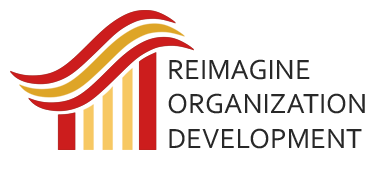
From Leadership and Role Modeling: Understanding Workplace Dynamics
Chapter: Role Modeling as an Alternative to Mentoring for Career Development Outcomes
The development of professionals is often times left to the devices of the individual. We can see that with formal mentoring programs for major organizations capping at approximately ten percent (Dobbin, F., Kalev, 2016) professionals are going to have to be the masters of their domain when it comes to their development and career progression. For the few coveted professionals and diverse managers within organizations that have the rare opportunity to participate in a formal mentoring program they will benefit greatly from their experiences and organizational sponsorship. However, this statistic leaves 90% of the managerial workforce regardless of diversity status out of the realm to receive formal mentoring. With this in mind it is incumbent upon those working in these environments to become self-sufficient in the quest for their individual career progression and upward mobility. Furthermore, it is the responsibility of every leader within an organization that is not participating in a formal mentoring program to act as a role model to others with the organization.
This is further proven by the persistent under representation of women and minorities (diverse managers and leaders) in C-level positions where the power and influence to support and sponsor mentoring and role-modeling programs could exist (McDonald, M., Westphal, 2013) .
In previous studies peer relationships have been an alternative to mentoring relationships however it still requires a pairing up model (Kram, K., Isabella, 1985) . The limited research that exists relative to role modeling looks at role modeling to determine the level of understanding within role modeling from three perspectives: leadership role modeling, direct supervisor role modeling and peer role modeling. By having a greater understanding of these three levels of role modeling in the workplace it can be determined if the outcomes of role modeling have a negative or positive effect and the drivers behind the outcomes. The outcomes of role modeling can be viewed from two perspectives: sustained career positioning and upward career mobility. Once the outcomes of role modeling are properly explored; models can be created to assist employees in the workplace. The study will focus on diverse senior leaders and middle-management employees because generally mentoring programs are geared towards this group of contributors.
However, role modeling can be a less evasive and cost restrictive program for organizations of any size without any stated work or commitment from either participant. Through the qualitative/interview approach this study will look to answer how role modeling is executed, how will role-modeling shape organizations in the future and how can those involved in role-modeling communicate the benefits and impact of role- modeling in the workplace while differentiating it from mentoring which can be a much more rigid and organized process.
